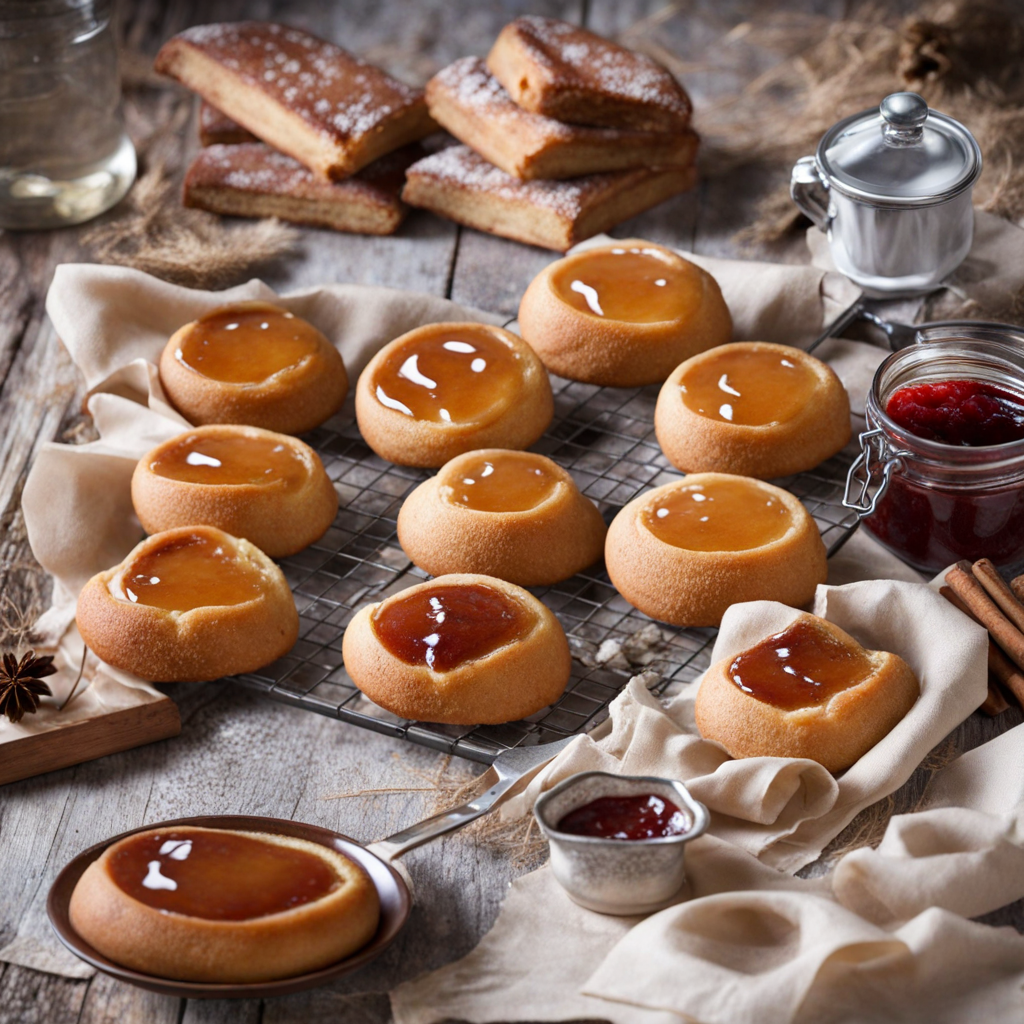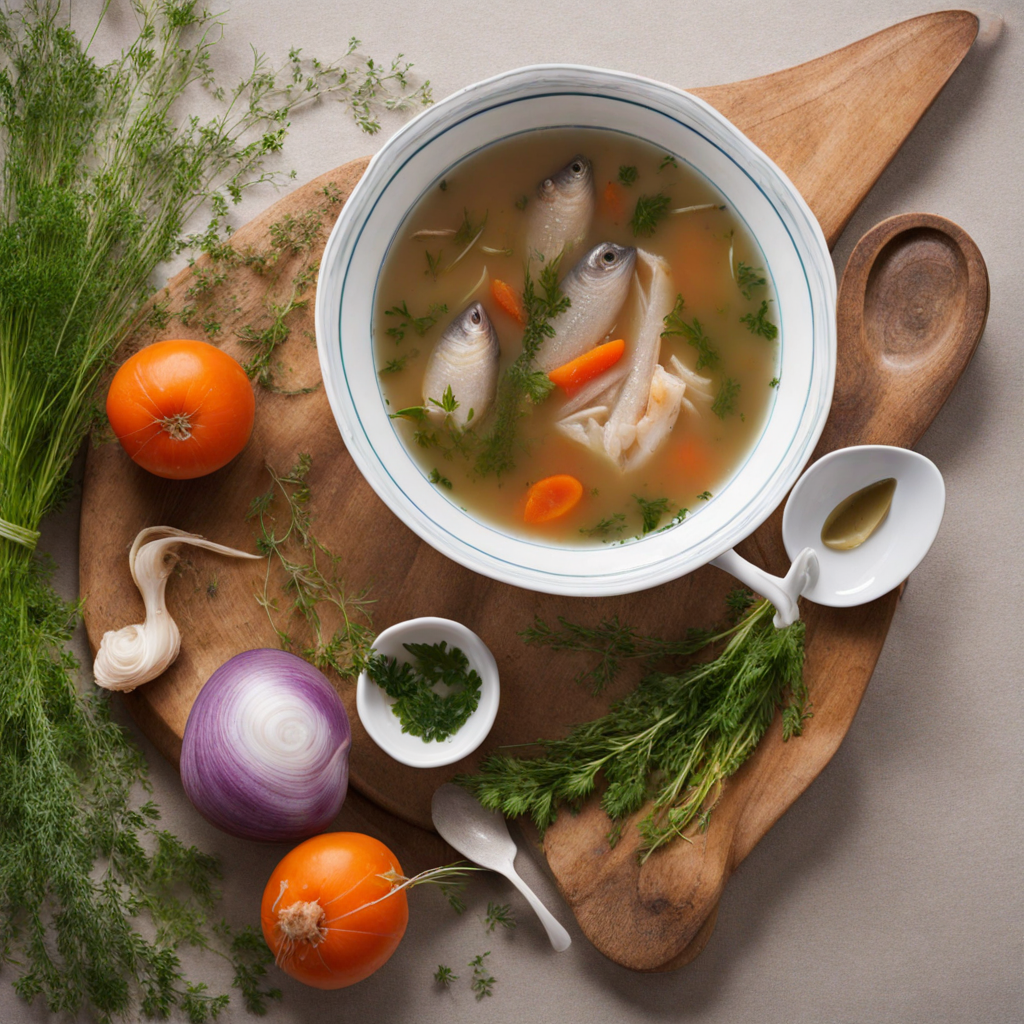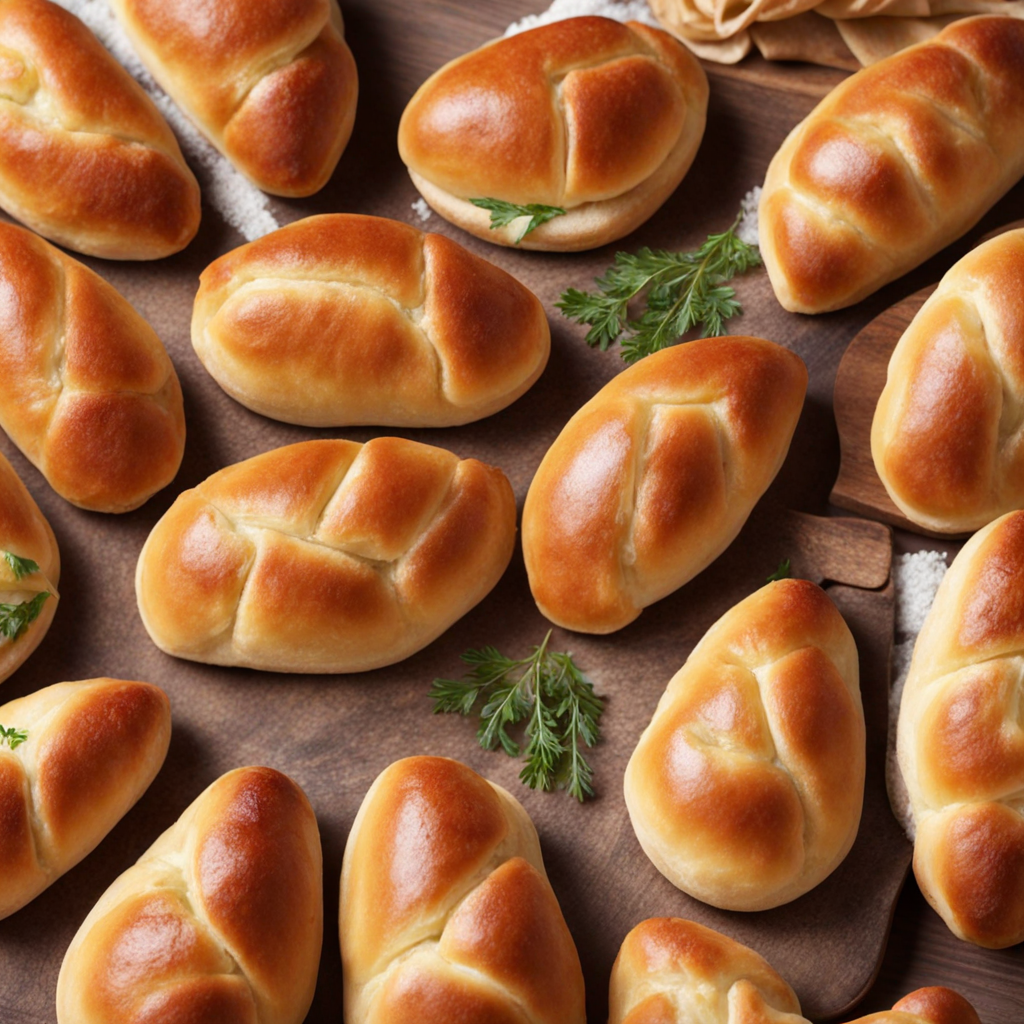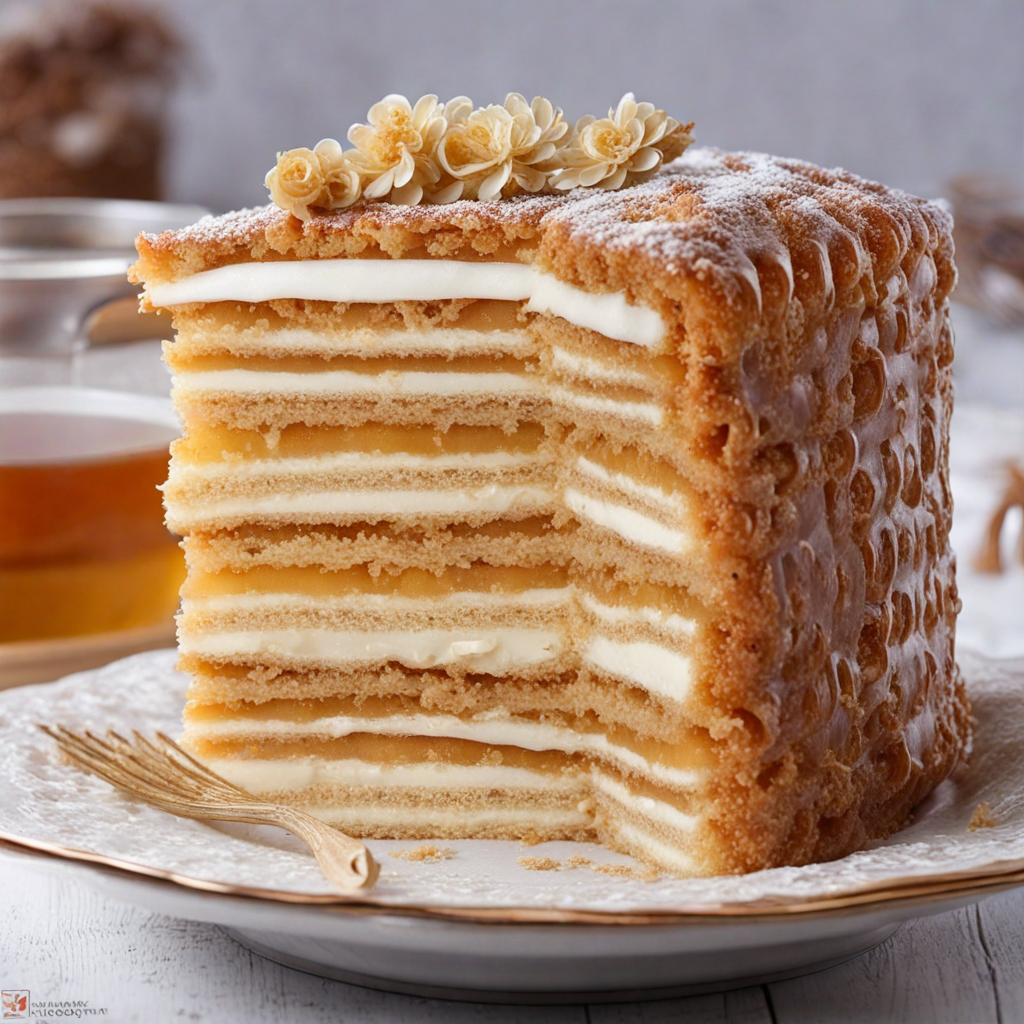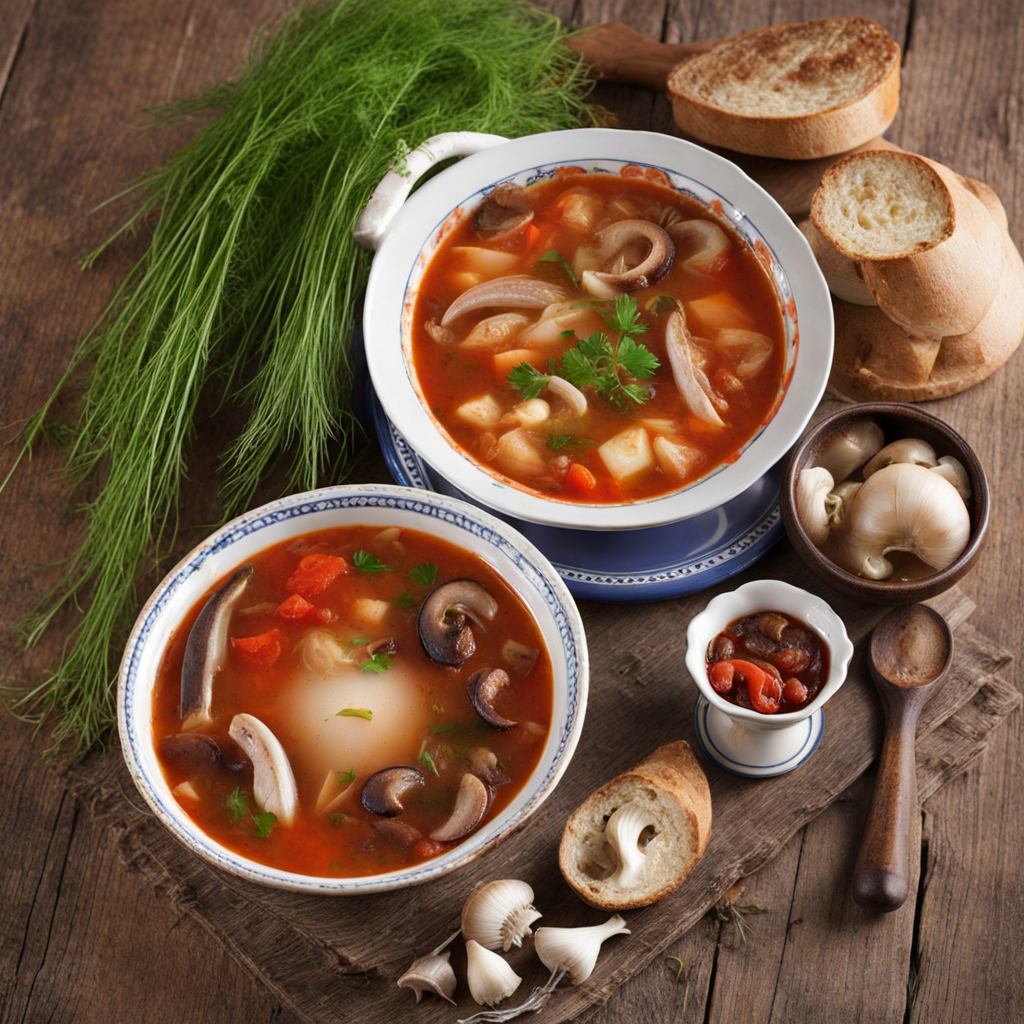Pryaniki
Pryaniki are traditional Russian spiced cookies that captivate the senses with their unique blend of flavors and textures. These delightful treats are typically made from a dough enriched with honey, sugar, and an array of aromatic spices such as cinnamon, ginger, and nutmeg. The combination of these ingredients creates a warm, inviting taste that perfectly embodies the essence of Russian cuisine. The cookies are often soft and chewy, with a slightly crisp exterior, making them a comforting snack or a perfect accompaniment to a steaming cup of tea. The beauty of Pryaniki lies not only in their flavor but also in their versatility. They can be found in various shapes and sizes, from small, round cookies to larger, intricately decorated pieces that are often gifted during holidays and special occasions. Some versions are filled with jam, nuts, or even a layer of dark chocolate, adding another dimension to their already rich taste. The decorative icing that adorns many Pryaniki adds a festive touch and makes them visually appealing, transforming each cookie into a work of art that is as delightful to look at as it is to eat. Pryaniki have a long history in Russian culture, often associated with warmth, hospitality, and family gatherings. They are not just a treat; they carry a sense of tradition that connects generations. Enjoying Pryaniki is an experience that invites you to savor the rich flavors of honey and spices, while also appreciating the cultural heritage they represent. Whether you enjoy them plain or embellished with decorative icing, Pryaniki offer a satisfying taste of Russia's culinary charm that is well worth discovering.
How It Became This Dish
A Sweet Journey: The History of Пряники (Pryaniki) in Russia #### Origins and Early History The story of Пряники, or pryaniki, can be traced back to the medieval period in Eastern Europe, particularly in the lands that now comprise modern-day Russia. The term "pryanik" derives from the Russian word "pryanost'" which translates to "spiciness" or "spice." This etymology hints at the essential ingredients that define these delightful confections—spices, honey, and a variety of sweeteners, all of which were popular in ancient culinary traditions. The earliest references to pryaniki date back to the 9th century, although it is likely that their predecessors existed even earlier. These early versions were not the soft, cake-like cookies we recognize today but rather firmer, bread-like constructions made with rye flour, honey, and an array of spices. The use of honey in these recipes is particularly significant, as it was a primary sweetener before the introduction of sugar in Russia in the 17th century. The geographical region of Tula, south of Moscow, is particularly famous for its pryaniki, which became a staple of local cuisine. The Tula pryaniki, often round or heart-shaped, gained a reputation for their unique flavor and intricate designs, and they are still celebrated today as a symbol of Russian culinary heritage. #### Cultural Significance Pryaniki have held a prominent place in Russian culture, serving not only as a treat but also as a symbol of hospitality and festivity. They were often prepared for special occasions, including weddings, religious celebrations, and family gatherings. The act of making pryaniki was sometimes a communal affair, with families and friends coming together to mix dough, shape the cookies, and decorate them with intricate patterns. In Russian folklore, pryaniki are associated with warmth and comfort. They were often given as gifts, symbolizing affection and goodwill. During the harsh winters, these spiced cookies provided a much-needed source of calories and energy, making them a beloved winter treat. Additionally, they were sometimes used in Christmas traditions, where they were hung as decorations on trees or given to children as sweets. The 19th century saw a significant evolution in the way pryaniki were perceived and consumed. The rise of the merchant class led to a growing demand for more refined and ornate versions of the cookies. This period saw the introduction of new flavors and decorative techniques, often influenced by Western European baking styles. The use of sugar became more widespread, allowing for sweeter, more complex flavors. #### Development Over Time As Russia entered the 20th century, pryaniki underwent further transformations. The Industrial Revolution brought about changes in food production, and pryaniki began to be mass-produced. Factories began to emerge, and the quality of pryaniki varied significantly, with many becoming overly sweet and losing the artisanal touch that characterized traditional recipes. However, artisanal bakers remained dedicated to the craft. They continued to produce high-quality pryaniki using traditional methods, striving to preserve the rich heritage of this beloved cookie. Regional variations also emerged, with each area adding its unique twist to the recipe. For instance, in some regions, pryaniki were made with different types of flour, such as buckwheat or spelt, and flavored with local spices. During the Soviet era, pryaniki took on symbolic importance as they became widely available in stores. They were often packaged as gifts and became part of the cultural fabric of Soviet celebrations, such as New Year’s and International Women’s Day. The government even promoted them as a traditional Russian food, further embedding pryaniki into national identity. #### Modern-Day Pryaniki In contemporary Russia, pryaniki are experiencing a renaissance. With the revival of interest in traditional cooking and artisanal products, many bakers are returning to the old recipes and methods of preparation. Modern pryaniki can be found in a variety of flavors, shapes, and sizes, with some bakers experimenting with innovative ingredients such as chocolate, fruit, and even savory variations. The Tula pryanik is still a point of pride for the city, with local festivals celebrating the cookie's history and significance. The Tula region has even achieved a designation of Protected Geographical Indication (PGI) for its pryaniki, ensuring that the authentic recipe and production methods are preserved for future generations. Moreover, pryaniki have crossed borders and found their way into international cuisine, appealing to a global audience. With the rise of interest in Eastern European foods, many people are discovering the rich flavors and history behind these spiced cookies. Today, pryaniki are often featured in cultural events, culinary festivals, and even baking competitions, showcasing their enduring appeal. #### Conclusion The history of pryaniki in Russia is a fascinating tale of evolution, cultural significance, and resilience. From their humble beginnings in medieval kitchens to their status as a beloved national treat, pryaniki embody the spirit of Russian hospitality and tradition. As we look to the future, these spiced cookies continue to evolve, delighting new generations while honoring the rich heritage of Russian culinary artistry. Whether enjoyed with a cup of tea or gifted to a loved one, pryaniki remain a sweet testament to the enduring bonds of culture and community in Russia.
You may like
Discover local flavors from Russia



